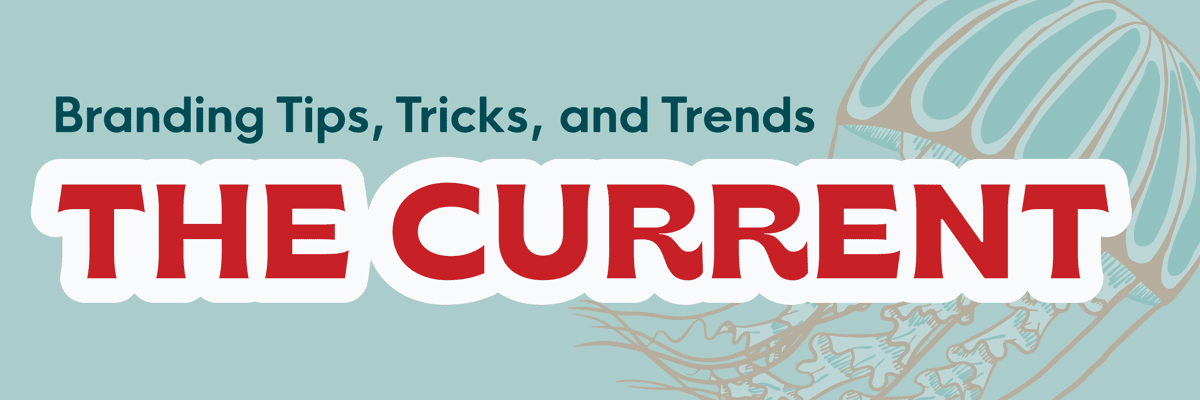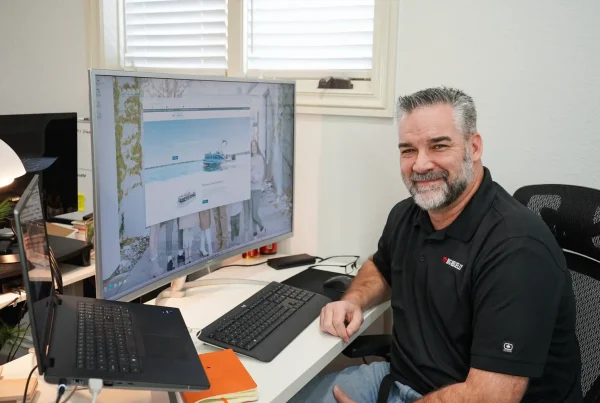
What inspired you to start Big Red Jelly?
Josh:
It’s a combination of a couple of things. Number one, I’ve always loved and been attracted to marketing and brand building, this is a little bit of a cliché now, but I think it still stands true. Marketing to me is a happy marriage of creativity, ambiguity, testing with science, and statistics and binary challenges. There is not one formula that fixes it all, and that makes it an honest challenge. I always felt like there was a better way to go about branding and marketing than how a lot of the other agencies were doing it. I thought there was a lot of fluff, a lot of fat, and a lot of inefficiencies, so my co-founder Zach and I decided to start our own team with that vision in mind, and here we are.
What book has been most influential to you and how you run Big Red Jelly?
Josh:
I wasn’t a reader for a long time. My family gave me a hard time because I hated to read. I would do the same book report on Mr. Popper’s Penguins for 10 years, but now I actually enjoy it. The E-Myth is one that I read several years ago. It breaks all of your misconceptions when it comes to entrepreneurship and that’s why it’s not right for everyone.
Recently, I’ve also been reading Radical Candor, which is all about being radically candid. It has been a game changer. How to work with people, different types of personalities, how to give feedback, and how to take it. It has been eye-opening for me because that’s a real weakness of mine.
Who have been your most influential mentors?
Josh:
I actually see some of my clients as mentors because I’ll learn something from them. I know this is cheesy, but when we’re working on a brand or a build for a client, I just like to see how they run their business and how they address certain challenges. I analyze how they give me feedback and how they take feedback. We’re all business owners and it’s like we’re on the same battlefield. Maybe fighting different enemies at this particular time, but we are in the battlefield of life, and this economy, and I know their fears and they know mine. I seek a lot of solace in that.
What are the 5 biggest things that have happened to Big Red Jelly in its 5 year timeline?
Josh:
Number one, understanding what the long-term vision is. Why are you doing this, Josh? What’s the point? Where do you see yourself in five years? I didn’t do that enough early on. And so that leads to tunnel vision and it’s easy to get demoralized if you don’t have a long-term vision. I wish I did that sooner.
Number two is niching down, which took us three years to do. When COVID hit, we finally niched down, and then we saw immediate growth from that.
Number three is having the right strategic partners.
Number four is all about the people. If you hire the right people and they’re in the right seats, it’s a game changer. If you have the right people, doing the right job, that’s the difference between a living hell and the best place on earth. Right now, I can happily say that that’s what we’re doing at Big Red Jelly. That’s why it’s awesome. We’ve got great people here.
Number five would be what we’re working on now, which is if you want to raise your prices, if you want to be premium, you’ve got to focus on a proven process or a framework, not deliverables and features. When you’re buying a bigger brand, you’re buying the brand, you’re buying its history, not the actual thing when you’re going, and so that’s what Big Red Jelly way.
Final question, what did big Red Jelly look like in its first year versus what it looks like now?
Josh:
The first year was me, and my brothers Zach and Ben. We were in the pool house in my family’s place here in Orem. We had a handful of clients, and we were doing everything. Zach, at the time, had some experience with Adobe so we made him our designer. Ben was doing Google Analytics and some SEO stuff, which he had no experience in, but tried his best.
I was doing everything else because they were both part-time at BYU. They were really just doing it as a gig, and I think I was paying them a couple hundred bucks a month, maybe. It was around year three when we moved from there to an office.
We had 15 employees at that point in time and we were like, okay, hold on a second, we’re responsible for people’s livelihoods. We had health insurance, paid benefits, we were talking about 401K plans. All of a sudden you wake up and you’re like, this is no hobby. So now we’re all in. We’ve got 17 employees and we bought the building we are currently in early last year. We plan to take over the entire top floor with renters on the ground floor.







